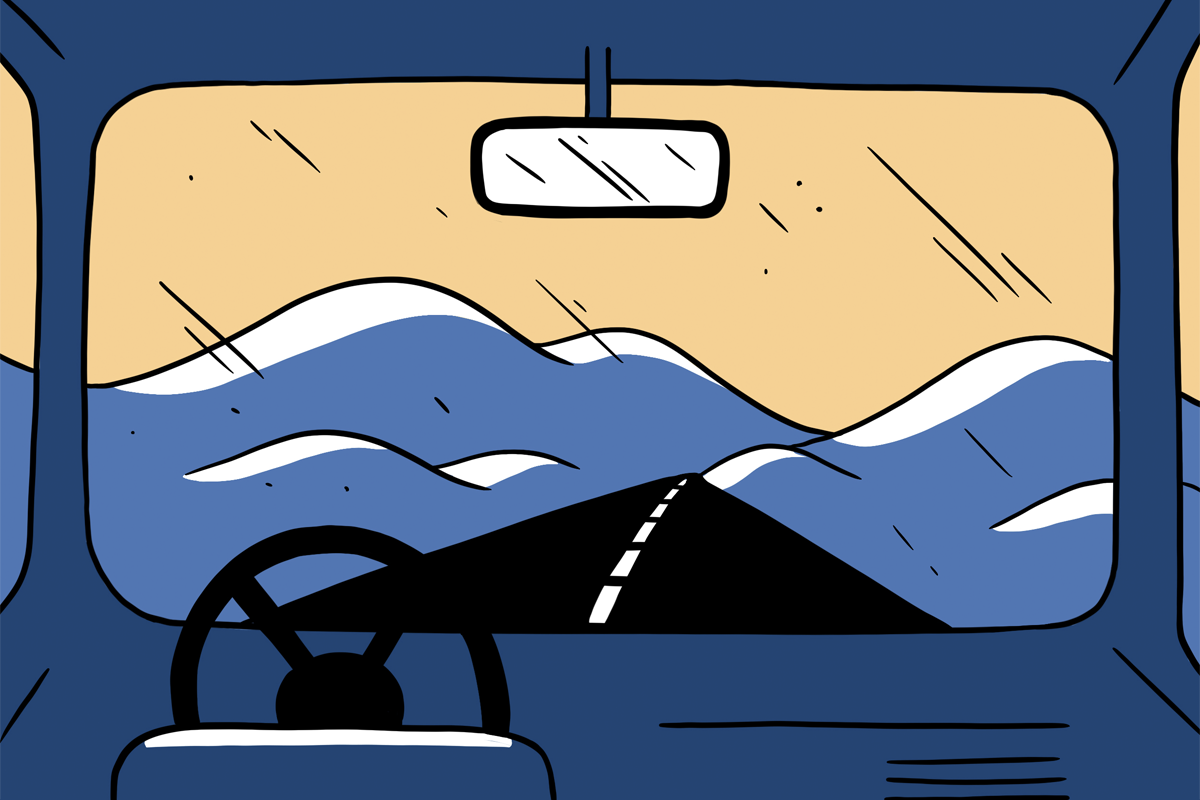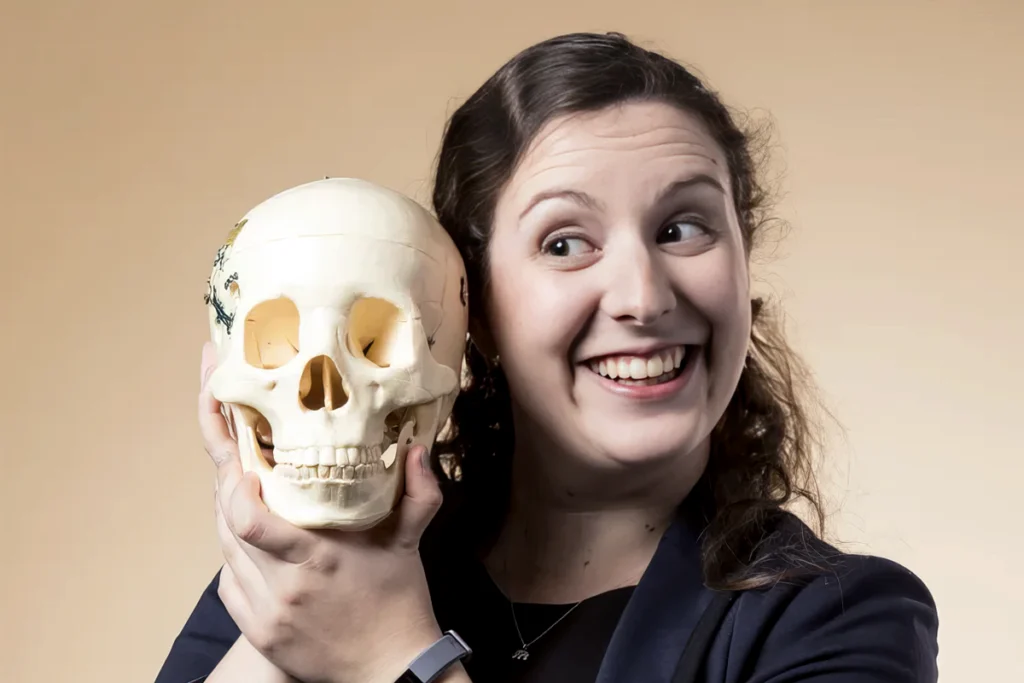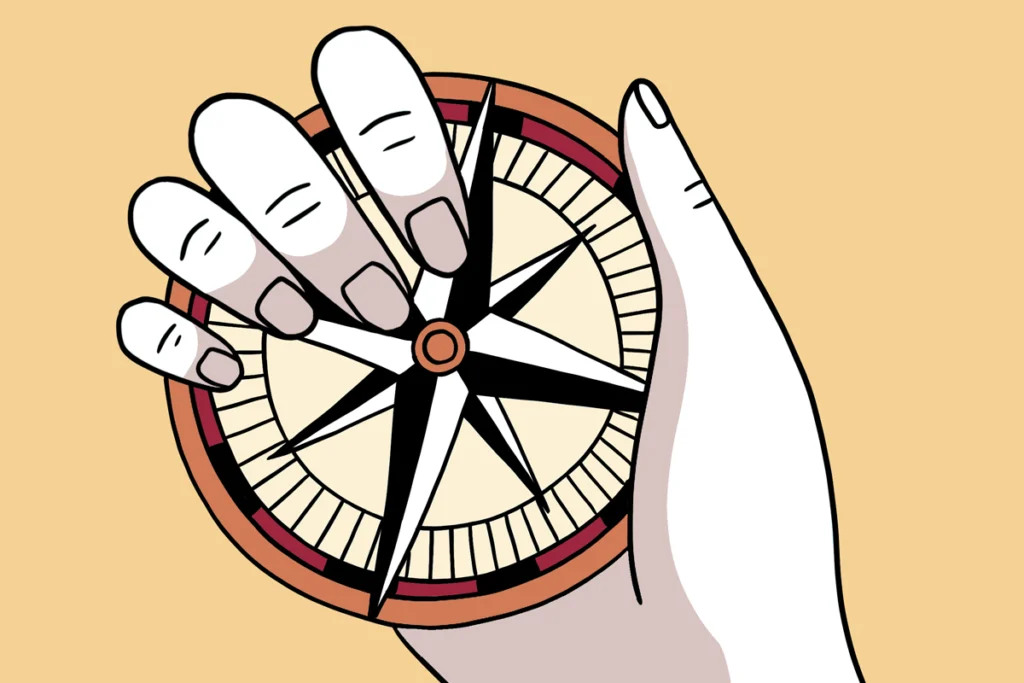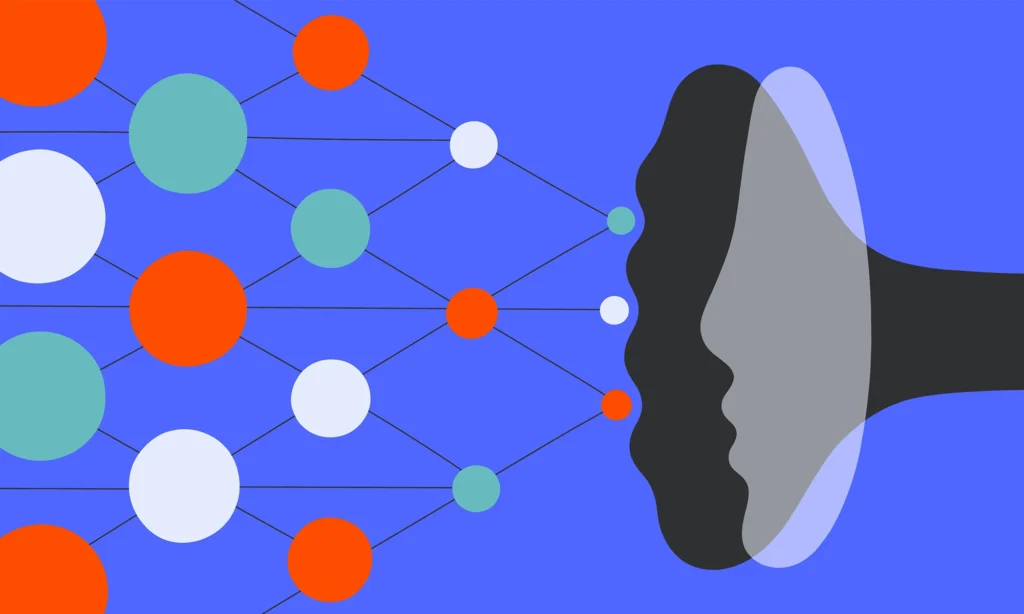Heather McKellar knew midway through her neuroscience Ph.D. program at Columbia University that she didn’t want to run her own lab. But she wasn’t sure which alternate career path was right for her.
She did know that what she enjoyed most was her regular volunteer gig, talking with elementary school children about neuroscience: She brought real brains from the lab so that the students could get a sense of what the organ looked like, and she taught them about neurons and had them make their own out of pipe cleaners.
“This was the thing that brought me a good amount of joy and still kept me connected to science,” McKellar says. “It was also really important for my mental health,” she adds. “Outreach is what got me through graduate school.”
So, once McKellar finished her degree, she translated that love of outreach into a career and took an administrative job at New York University where she was able to launch a new outreach program. Now executive director of NYU’s Neuroscience Institute, she continues to work on Brain Awareness Week and other local science-education events.
Even if outreach experiences do not parlay into career, she says, they can still help researchers build useful soft skills. “For me, it was a lot about communication and having confidence to get up in front of a group of people. Because 12-year-olds are brutal,” McKellar says. And sharp communication abilities can benefit grant writing, she adds. “To write a successful grant, you have to be able to explain to a broad audience” and distill complicated ideas into clear points.
Outreach can also give researchers experience with illustration, podcasting, search engine optimization, web storage, coding and securing sponsorships, says Carolyn Amir, a neuroscience graduate student at the University of California, Los Angeles and chief executive officer of Knowing Neurons, a volunteer-run nonprofit organization dedicated to making neuroscience research accessible to the public. “Where else in academia would you have an opportunity to pitch a product to an actual corporate sponsor?”
Beyond skill development, outreach affords networking opportunities — both in and out of academia, McKellar says. Principal investigators can mention outreach work that their students and postdoctoral researchers are doing as part of the “broader impact” section of grant proposals. And outreach can be a fun way to take a break from the lab, she says.
Researchers hoping to get more involved in outreach can look into opportunities at their local chapter of the Society for Neuroscience, McKellar says. The Dana Foundation, a nonprofit organization that aims to advance neuroscience research, also has resources for getting involved in outreach — including for events such as the upcoming Brain Awareness Week. If no local opportunities exist, McKellar says, schools, libraries and museums may also be interested in partnerships.
Book of the month: Carolyn Amir recommends “Four Thousand Weeks: Time Management for Mortals,” by Oliver Burkeman. “It’s kind of existential: It starts out with a detailed account of how many minutes and seconds we have left on this Earth,” Amir says. But it also has helpful time-management tips, she says. “One of the very tangible pieces of advice I got out of it was, ‘Use all of your technology just as a tool, rather than as a toy.’”
Jobs, trainings and funds:
- Researchers who plan to attend the Organization for Human Brain Mapping meeting this year can apply for a caregiver grant of up to $500 to help defray childcare-related costs during the meeting. The deadline for applications is 14 March.
- Applications are open for the 2024 NeuroHackademy, a neuroimaging and data science summer-school program held at the University of Washington. The course runs from 29 July to 10 August, both in person and online.
- TReND-CaMinA: Computational Neuroscience and Machine learning in Africa is also taking applications. The intensive course is geared toward early-career researchers and set to take place from 8 to 24 July at the CMU-Africa campus in Kigali, Rwanda.
- And if those aren’t the right fit, Natalie Schaworonkow, a postdoctoral researcher at the Ernst Strüngmann Institute, has compiled a list of even more opportunities for summer school and short courses on computational neuroscience.
Recommended resources:
- For researchers struggling to find the right words for a first draft — particularly those for whom English is a second language — it can be helpful to leave a blank, keep writing and then fill it in later, writes Nuwan Bandara, an analytical chemist at the Australian National University in Canberra, in an article for Nature. “Once you have words on the screen, you have something to look at, add to and change — all much easier than filling in a blank screen.”






